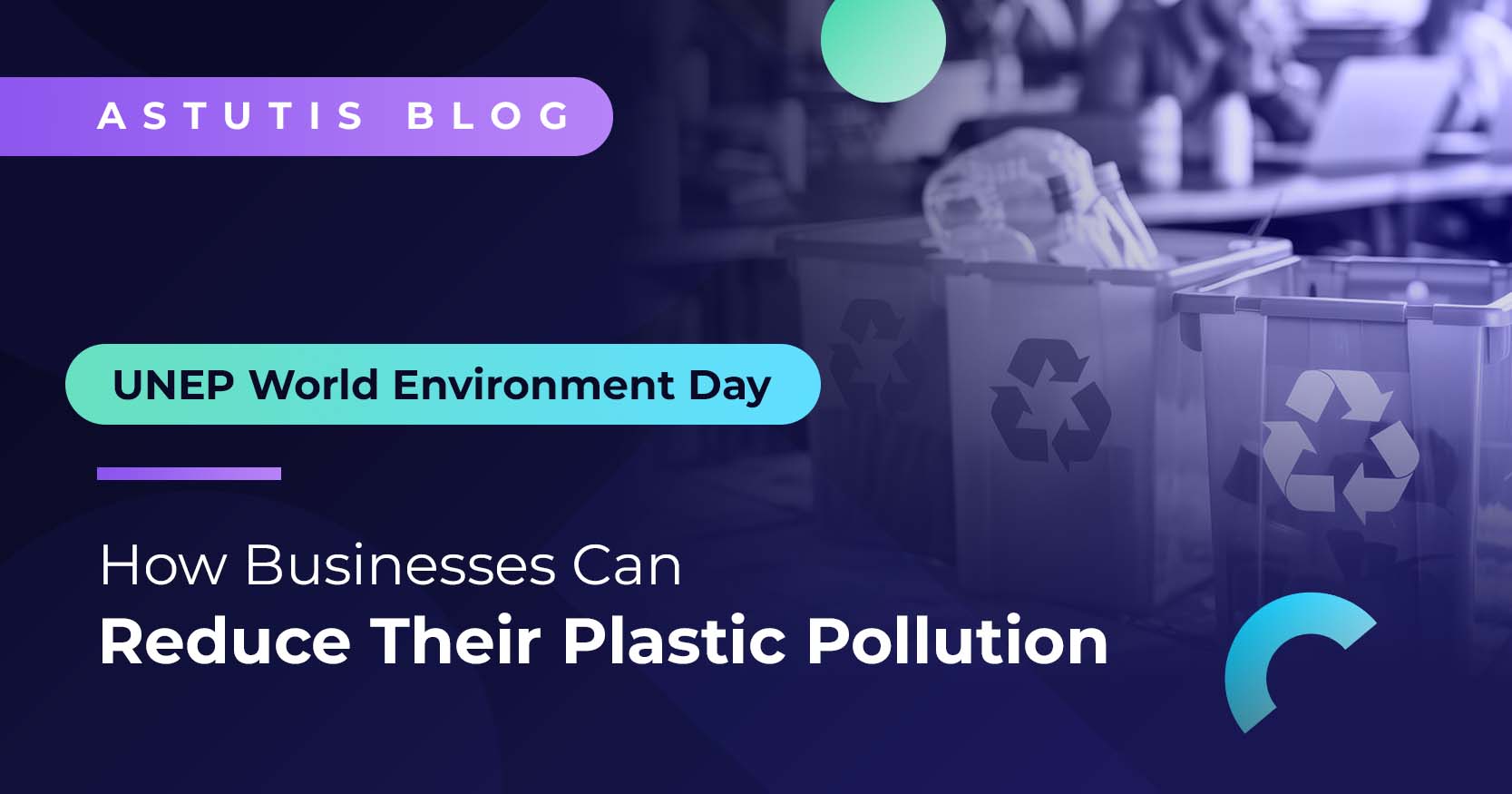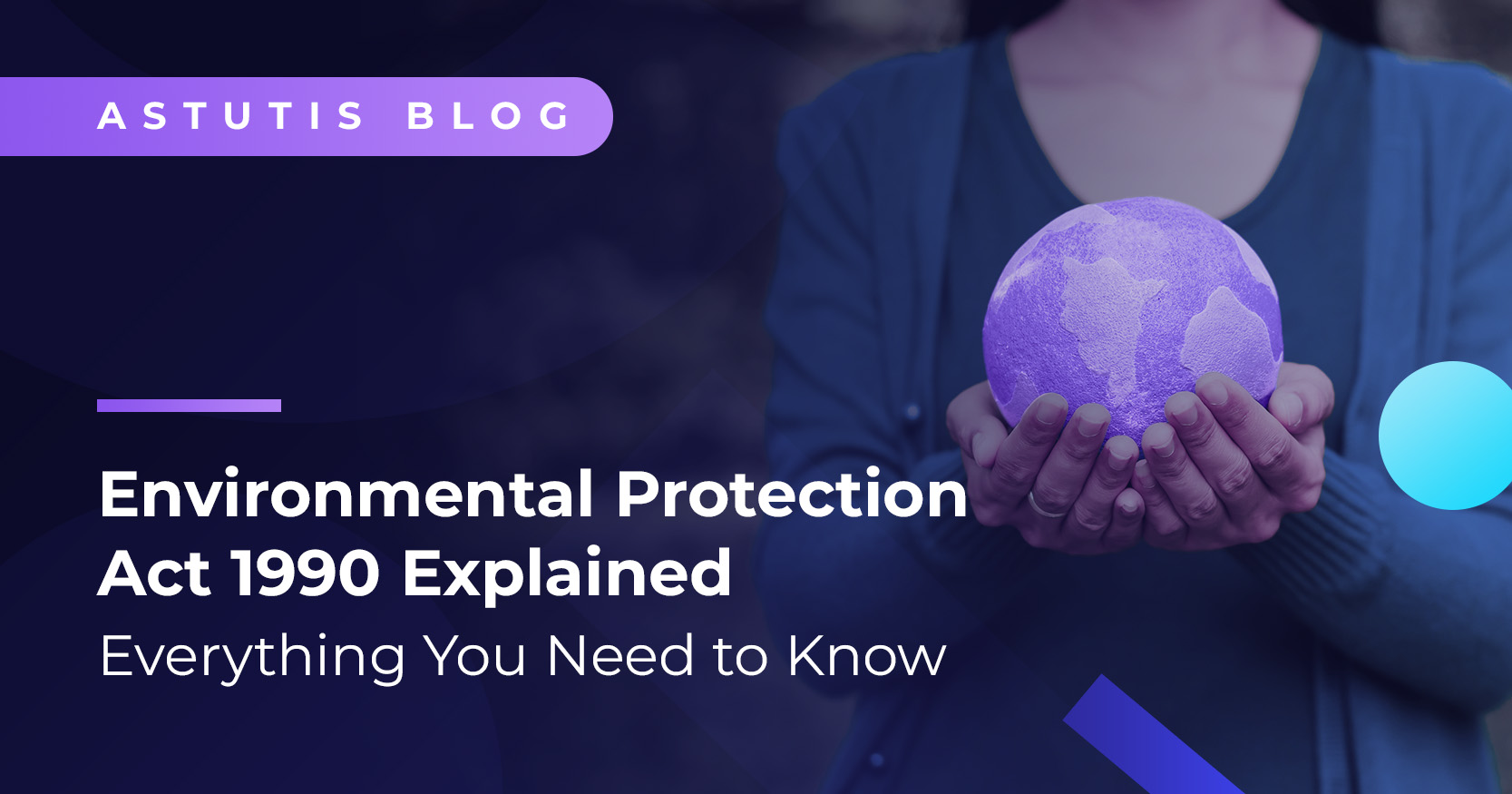Glossary for Decarbonisation Phrases & Terminology: Breaking Down the Jargon
The pathway to net zero can sometimes seem like a daunting journey into unchartered territory accompanied by confusing terminology. There are hundreds of terms which employers and employees will need to understand in their pursuit of net zero.
We aim to assist businesses throughout their journey to net zero. In this pursuit we have compiled a pocketbook glossary as a helpful guide in case you’re unsure of what a specific decarbonisation term means.
The A-Z of Carbon Terms & Phrases
A
Absolute zero (or True Zero)
No offsetting required as an entity’s activities result in no GHGs emissions.
Activity Data
Quantitative data that measures activity which produces greenhouse gas (GHG) emissions. Examples include electricity and gas usage measured in kilowatt-hours (kWh).
Adaptation/Resilience
Addressing the impact of climate change by making modifications such as building flood defences.
B
Baseline Year
Companies should choose the earliest year possible where reliable data is available as this year will be used as a reference for the trajectory to reduce future year carbon emissions. For example, the UK government are using 1990 as their base year to reach net zero by 2050. An illustration of the importance of the base year is that the government has pledged to cut emission by 81% (compared with 1990) by 2035, before reaching net zero by 2050.
Business Carbon Assessment (BCA)
A tool to identify and calculate an organisation’s carbon footprint.
C
Carbon Accounting
The process by which organisations quantify the extent of direct and indirect GHGs which they produce from business activities within a certain boundary.
Carbon Accounting – Location-Based and Market-Based Reporting
Location-based reporting quantifies emissions from the average energy intensity of the power grid used, rendering an organisation’s electricity contract irrelevant. Market-based reporting is specific to actual energy usage and linked to purchasing decisions such as the investment in REGOs and RECs.
Carbon Credits
“Permits that allow the owner to emit a certain amount of carbon dioxide or other GHGs”. Each credit permits the emission of 1 tonne of CO2e. Countries are allocated credits by the United Nations to distribute to organisations. Each country should report on its carbon credit status annually. Once issued, credits can be traded between companies.
Carbon Dioxide Equivalent (CO2e)
A metric unit of measurement to standardise the global warming potential (GWP) of GHGs. Carbon dioxide (CO2) is the most abundant GHG but other GHGs are more potent, and all have different residency times. CO2e enables a fair comparison of the warming effect of different GHGs relative to CO2. The CO2e of a GHG is calculated by multiplying the mass of the GHG (in metric tonnes) by the GHG’s GWP.
Carbon Footprint
A measure of GHGs usually converted to CO2e in kilograms or tonnes. Countries, organisation, products and people can all calculate their carbon footprint. Find out how to calculate yours.
Carbon Literacy
“An awareness of the carbon costs and impacts of everyday activities, and the ability and motivation to reduce emissions, on an individual, community and organisational basis.”
Carbon Negative
Going beyond net zero so that an entity’s carbon footprint is less than neutral (which would be a fantastic achievement).
Carbon Neutral
An entity, product or service is carbon neutral when it compensates for emissions produced by, for example, offsetting.
Carbon Positive
An entity, product or service is carbon positive when it still produces a carbon footprint.
Carbon Offsetting
Reduction or avoidance of a set quantity of GHG emissions somewhere else, outside a business’ value chain to compensate for the same quantity of GHGs emitted by that business.
Carbon Pricing
Can be voluntary or a legal requirement through carbon taxes. A price is put on GHG emissions to give clarity on the carbon impact of a product or service. This simplifies decision-making when choosing between low-carbon alternatives and can drive investment in technology for low-carbon products.
Carbon Removal
When a quantity of CO2 is emitted, the same quantity is removed completely through, for example, tree planting. This action is additional in that if the CO2 had not been emitted, the trees would not have been planted.
Carbon Sink / Carbon Sequestration
Natural sinks include trees, the oceans and soil which remove GHGs from the atmosphere and store them.
Carbon Trading
If an entity reduces GHG emissions and does not use all its carbon credits, it can sell them to entities that have exceeded their permissible emissions.
CDP
An independent, international non-profit organisation that assists entities on voluntary environmental disclosure.
Climate Change
Anthropogenic climate change affecting long-term weather patterns is caused by the release of GHGs into the atmosphere.
Climate Neutral
An entity’s activities have no net effect on climate change as GHG emissions are compensated for by using, for example, reductions or removals (GGR).
Consolidation Approaches
Required for a business carbon assessment to account for that entity’s GHG emissions and establish a set strategy. An equity share approach can be used in joint ventures to reflect the degree of ownership whereas a control approach is calculated based on either financial or operational control.
D
Decarbonisation Plan
A number of actions to reduce GHG emissions and therefore that entity’s carbon footprint.
Direct Emissions / Indirect Emissions
See scope 1,2, and 3
Double Counting
Scope 1, 2 and 3 emissions can be accounted for more than once in the supply chain. For example, company A buys a good from company B. Company B’s direct emissions (scope 1+2) in making that good can also be company A’s indirect emissions (scope 3). Fundamentally, a company must not double count its own primary data.
E
Embodied Carbon
The carbon emitted in the manufacture and use of a product throughout its lifecycle.
Emission Factor (EF)
A standardised unit used to convert activity data into a quantifiable unit of GHGs required for carbon accounting. Sources include the Department for Energy Security and Net Zero’s Conversion factors 2024.
Emissions Hotspots
Where the largest proportions of GHGs are produced within an entity.
Energy Savings Opportunity Scheme (ESOS)
Qualifying companies are mandated to conduct energy assessment audits every 4 years with the aim of reducing energy usage. Applies to large companies with 250 (+) employees or a turnover of £44(+) million and a balance sheet of £38(+) million. Full qualifying criteria is available on the government website.
G
Global Warming Potential (GWP)
Using CO2 as a baseline, GWP measures the impact of a GHG on atmospheric warming over a set period of time, usually 100 years. This takes account of residency time and the potency of each GHG. For example, according to the GHG Protocol, non-fossil methane (CH4) has a GWP of 27 whereas nitrous oxide (N2O) is 273.
Greenhouse Effect
A natural process which warms the Earth by, in simple terms, creating a blanket around the planet. This blanket is thickening due to the release of GHGs by humans which is driving global warming.
Greenhouse Gases (GHG)
Include carbon dioxide (CO2); methane (CH4), nitrous oxide (N2O) and various f-gases.
Greenhouse Gas Accounting and Reporting
GHG accounting recognises and consolidates GHG data from company operations. GHG reporting presents the consolidated data in appropriate formats depending upon target audience.
Greenhouse Gas Removal (GGR)
Removing GHGs from the atmosphere. A natural process would be to plant trees.
Greenhouse Gas Protocol
The organisation that “sets standards to measure and manage emissions”. Applicable to both public and private bodies.
Green Tariff
energy supplier obtains its energy from renewable sources.
I
International Financial Reporting Standards (IFRS S2 Climate-related Disclosures)
Effective from 1st January 2024. Obligation on companies to report on their climate related risks and opportunities which could impact upon the company’s economic performance.
ISO14064
International voluntary standard to quantify, monitor, verify and report on GHG emissions. Can be used by governments and businesses.
M
Mitigation
Reducing the effects of climate change by reducing GHG emissions or removing GHGs from the atmosphere.
N
Nature-Based Solutions
Natural solutions to reduce and/or remove GHG emissions from the atmosphere. Can include sequestering carbon through tree planting or tree preservation and restoring peatlands.
Net Zero
Achieved when GHG emissions are reduced and any ongoing emissions are balanced by being removed from the atmosphere.
O
Organisational Boundaries
GHG emissions can be reported using either the control approach or equity share approach.
Control Approach
Appropriate where companies control 100% of operations generating GHG emissions. Control is financial or operational. Financial control includes having the right to most benefits derived from operations. Operational control includes having complete authority to implement operating policies.
Equity Share Approach
GHG emissions are accounted for according to a company’s equity share.
P
Paris Proof Indicator
Methodology used in construction industry for buildings to be constructed in line with the Paris Agreement and net zero targets.
PAS2060 Carbon Neutrality Standard
Tool to help demonstrate the carbon neutrality of an entity, product, service, project or activity. Requires external verification and stringent criteria must be met.
Power Purchasing Agreements
Energy agreements typically for 10-20 years where energy is supplied at an agreed price.
R
Re-Baselining
The baseline year can be revaluated in certain circumstances for example if an organisation undergoes a significant change such as a merger/acquisition where the operational boundaries are redrawn; a significant mistake in previous assessments is discovered or more emission sources are added.
Reductions and GHG Removal (GGR)
Carbon reduction is when GHG emissions are reduced by becoming more efficient. GHG removal (GGR) involves processes where GHGs are permanently removed from the atmosphere through nature-based solutions, such as tree planting, or via technical processes, such as carbon capture and storage.
Renewable Energy Guarantee of Origin (REGO) (UK) and Renewable Energy Certificates (RECs) (USA)
Certification that energy generated off-site is derived from renewable sources such as solar and wind. Companies that purchase REGO certificates in the UK can report zero emissions, fundamental in market -based carbon reporting.
Residency Time
The amount of time a GHG stays in the atmosphere once emitted. methane (CH4) has a residency time of about 10 years compared with nitrous oxide (N2O) with a residency time of about 150 years.
S
Science-Based Target Initiative (SBTI)
Initiative to assist entities in reaching net zero by providing up to date guidance aligned with contemporary climate science.
Scope 1 (Direct)
GHG emissions from sources owned or controlled by an entity. Emissions are “burned” or “released” and include on-site fuel combustion such as the use of diesel generators.
Scope 2 (Indirect)
GHG emissions from generating energy produced elsewhere. Includes electricity purchased for onsite heating and lighting.
Scope 3 (Indirect)
Often forms the largest part of a company’s carbon footprint and occurs within the value chain and requires collaboration to evaluate. The GHG Protocol contains 15 categories.
Scope 4 (Avoided)
A voluntary framework that covers emission reductions which “occur outside a product’s life cycle or value chain but as a result of the use of that product,” such as the use of low-temperature detergents and fuel-saving tyres instead of higher temperature detergents and tyres that are not designed to save fuel. These emission savings should not be included in the manufacturer’s net-zero reporting nor counted towards emission reduction targets.
Sources of GHG Emissions
CO2 – burning fossil fuels; CH4 – dairy farming and decomposing food waste; N2O – using chemical fertilisers and the combustion of fossil fuels; F-gases (various) – from refrigeration and air conditioning.
Streamlined Energy and Carbon Reporting (SECR)
Obligation on large UK companies to report on carbon emissions in their annual report if 2 or more of the following 3 criteria apply: 250(+) employees; £36(+) million turnover and/or £18(+) million on the balance sheet.
U
United Nations Paris Agreement
The Paris Agreement legally binding international treaty adopted by 195 nations at COP 21 in Paris in 2015 to address climate change. Parties agreed to keep warming “well below 2ºC” and to strive to limit temperature rise to 1.5 ºC compared to pre-industrial levels. Nationally Determined Contributions (NDCs) were central to the agreement requiring parties to “outline and communicate” mitigation policies every 5 years.
Looking to Become More Carbon Literate?
We offer a variety of courses for organisations and individuals looking to reduce carbon emissions, understand their environmental impacts and implement initiatives to become more sustainable.
- ISEP Pathways to Net Zero – The ISEP Pathways to Net Zero course, formerly known as IEMA, provides supervisors and leaders with an organisational overview of environmental sustainability by teaching practical knowledge and skills they can apply to their organisations from day one.
- Carbon Accounting – The Carbon Accounting course provides employees and employers with the essential knowledge and skills needed to measure, report and reduce carbon footprints in line with global frameworks and standards such as Greenhouse Gas (GHG) Protocol and ISO 14064-1.
Alternatively, you can view related environmental blogs below and keep up to date with all the latest news, guides and trends in the industry. Our full library of ISEP courses is also available via the button below, where we have courses suitable for all levels of an organisation.
Astutis Blog

Real Life Stories









